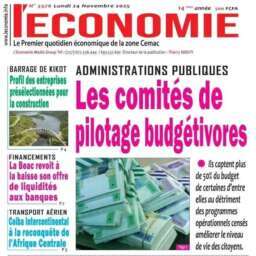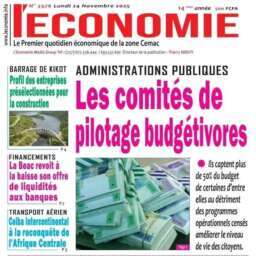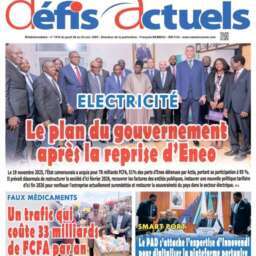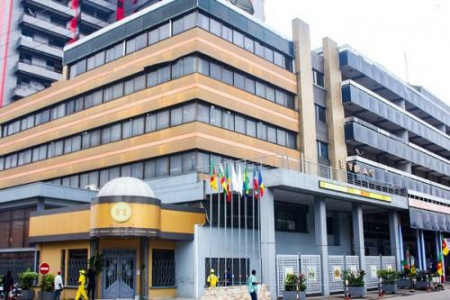(Business in Cameroon) – Since the stock trading sessions on January 30 and 31, 2025, and February 3, 2025, investors at the Central African Stock Exchange (BVMAC) have been trying to buy 100 bonds from the Cameroonian government’s 2023 multi-tranche bond issue. According to the official daily listing from BVMAC, these purchase offers, which have been left unfilled, are exclusively for the seven-year bonds (2023-2031).
This reluctance of bondholders to part with their 2023-2031 multi-tranche bonds, despite purchase offers, has been a recurring trend since the first listing of the bond on November 23, 2023. For example, during the initial listing, only 892 bonds were traded, despite investors expressing interest in 1,592 bonds. A well-placed source reveals that this small volume of trades was more due to the brokerage firms’ commitment to facilitating the first listing, rather than a real desire to sell the bonds.
Proof of this can be seen during the second trading session on November 24, 2023, when no transactions were made for the 2023-2031 multi-tranche bond, even though there were offers to purchase 700 bonds. Market experts suggest that bondholders’ cautious attitude towards selling, even in the face of increasing buy offers, is likely linked to the unattractive purchase price.
An Unappealing Purchase Price
Since its listing at BVMAC over a year ago, the bond’s purchase price has remained at CFA10,000, which offers no capital gains to current holders compared to the initial price. As a result, many bondholders appear confident that the bond’s market price will rise in the future, despite the long repayment term still ahead (five years from now).
To recap, the 2023 bond issue is the seventh successful bond issuance by Cameroon on the regional financial market and the first multi-tranche bond (with 3-year, 4-year, 5-year, and 7-year maturity options) in the CEMAC zone (Cameroon, Congo, Gabon, Equatorial Guinea, Chad, and the Central African Republic). The decision to issue this multi-tranche bond came as a response to increasingly difficult market conditions, marked by high interest rates due to the central bank’s tightened monetary policy at that time.
This type of bond issuance offers more flexibility to investors, allowing them to choose longer-term investments with higher interest rates or shorter-term ones with lower rates. This flexibility likely contributed to the success of the bond issue, which raised over CFA176 billion, surpassing the initial target of CFA150 billion.



































